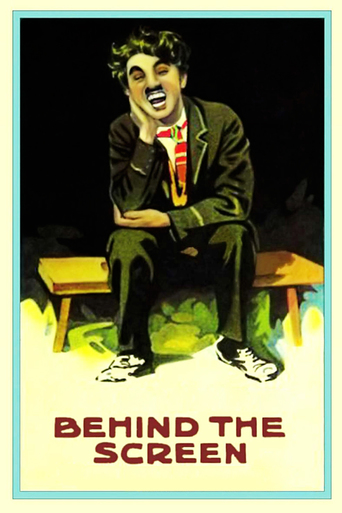


Behind the Screen
During the troubled shooting of several movies, David, the prop man's assistant, meets an aspiring actress who tries to find work in the studio. Things get messy when the stagehands decide to go on strike.
-
- Cast:
- Charlie Chaplin , Eric Campbell , Edna Purviance , Henry Bergman , Wesley Ruggles , Charlotte Mineau , Frank J. Coleman


Similar titles
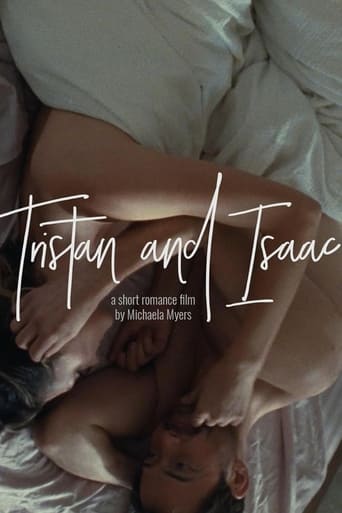

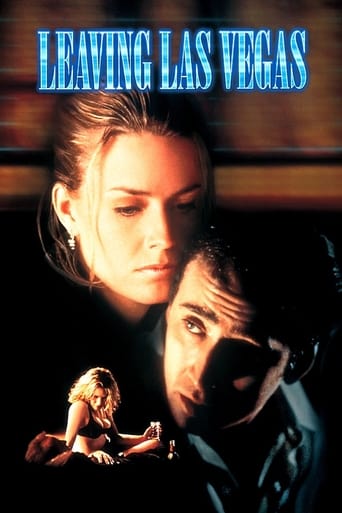
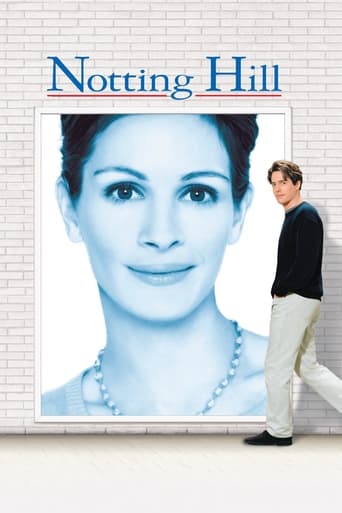
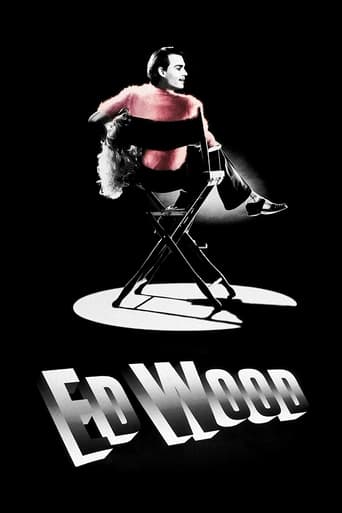
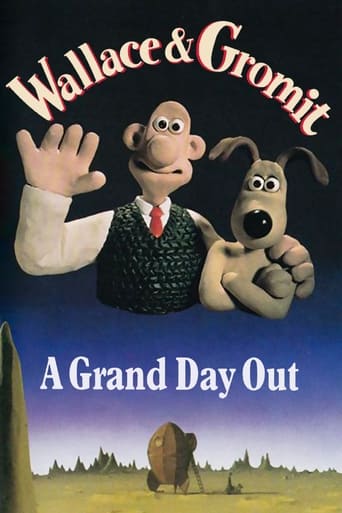
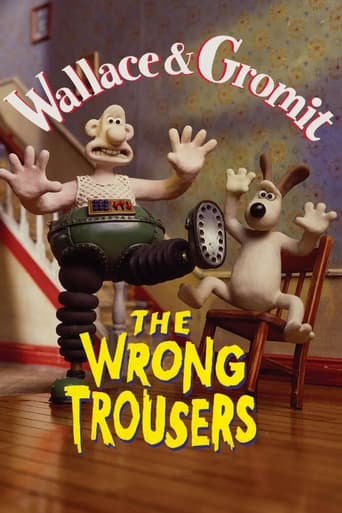
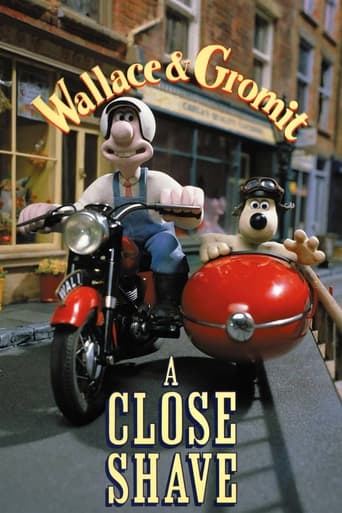
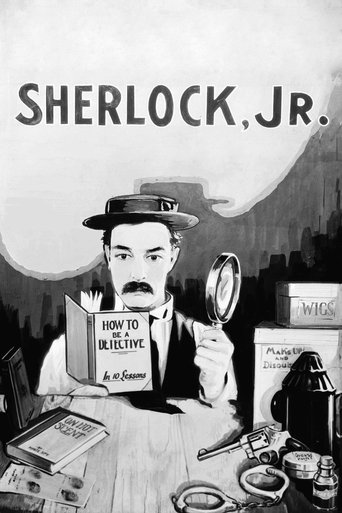
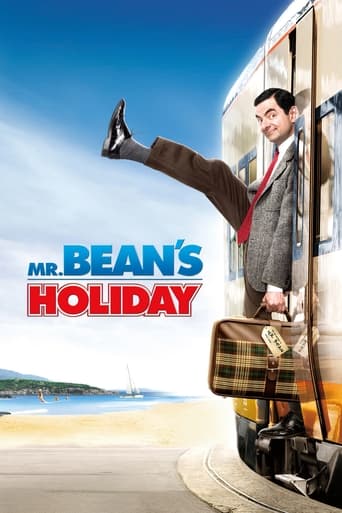
Reviews
This movie is the proof that the world is becoming a sick and dumb place
Highly Overrated But Still Good
A Masterpiece!
This is a small, humorous movie in some ways, but it has a huge heart. What a nice experience.
This was a concept that already existed 100 years from now (or almost hundred years) and here we see Charlie Chaplin's take on it in this 20-minute black-and-white short film. I wonder how much his personal experiences from very early in his career contributed to that. Then again, even if he was possibly at his peak in 1916, it was still early in his career as he wasn't even 30 when he made this and yet the probably biggest film star on the planet. Edna Purviance as his romantic interest and Eric Campbell as the antagonist, who looks so huge next to the tiny Chaplin, are frequent Chaplin collaborators and both are here on board again as well. I thought this was one of Chaplin's better films and enjoyed watching it for the most part. My favorite scene was probably the one with his co-worker's sandwich. Thumbs up.
Behind the Screen stars Charlie Chaplin as a stagehand on a movie set. Chaplin is overworked and under-appreciated and his boss (Eric Campbell) spends most of the time asleep, leaving Chaplin to do the heavy lifting. Meanwhile a young woman (Edna Purviance) is trying to get her big break as an actress but is turned down so dresses up as a male stagehand in order to have at least some involvement in the movies. At the same time the fellow stagehands go on strike for being woken up by a studio boss and plot their revenge This isn't one of the funniest Mutual shorts but it certainly has one of the better plots. It's multi layered and features side plot as well as the main narrative. It is also an opportunity to see behind the scenes of an early movie set in much the same way as His New Job, Chaplin's first film for Essanay a year earlier. What the film is most famous for now though is its forthright joke about homosexuality, a subject which was barely mentioned in cinema for another fifty years.The scene in question comes late on when Chaplin discovers that the new stagehand is actually a woman. In a cute scene, Chaplin sneaks a couple of pecks on the lips. The start of a romantic relationship is interrupted though by the appearance of Eric Campbell who not knowing Edna Purviance is a woman, believes the two hands to be gay men. He starts prancing around in an effeminate way which today feels quite offensive. The fact that homosexuality was even mentioned though, no matter how insignificantly, was very bold. The same scene also features probably the defining image of the film, Chaplin's and Purviance's faces squished together, looking forward towards the camera, Chaplin with a trademark cheeky grin.In terms of comedy, the film is a little short. There are of course funny moments which include a use of a trap door and a pie throwing finale. For me the funniest scene came when the stagehands were eating lunch. Chaplin was sat next to a man eating onions and to escape the smell put on a knights helmet, lifting the visor briefly to stuff bread into his mouth. During the same meal Chaplin tries to steal the meat which the same man is eating and when discovered, pretends to be a begging dog. There is plenty of slapstick to be found here also with large props producing most of the laughs. One fantastic act sees Chaplin pick up about eleven chairs and sling each one over his arm, giving him the appearance of a hedgehog or porcupine. This isn't enough for the poor stagehand as in his other arm he also carries a prop piano. It's very clever and looks incredibly difficult. The scene felt familiar to me but I don't know if that's because Chaplin repeated the stunt for a later film or because I've seen that clip before.One interesting thing about Behind the Screen is getting a glimpse of an old movie set. A surprising aspect of this is finding two separate productions sharing the same stage. As noise made little difference to what the final picture looked like it was possible to have multiple movies being filmed in close proximity. Here Chaplin works on a set of what appears to be a medieval palace which is right next to a farcical comedy set in a police station. As you can probably guess, Chaplin ends up interrupting both at various times before completely destroying both towards the end. The final shot itself is also surprising in its violence. Although no blood, body parts or death was seen, it was still not what I was expecting to end a short comedy.www.attheback.blogspot.com
It's very interesting and illuminating to screen Chaplin's early short films, to see his evolution as a comedian and as a protagonist viewers could root for. As well, one can trace the recurrent themes and see him refining and expanding upon routines. The self-referential aspect of "Behind the Screen" is one such scenario he had tried before, and it's a significant advancement over those previous works, becoming the apex of Chaplin's backstage parodies on film-making.From the beginning, Chaplin was involved in self-referential comedies, of which Mack Sennett's Keystone was of the first to explore in film. Only his second film, "Kid Auto Races at Venice" featured Chaplin mugging for the camera much to the annoyance of the cameraman. While at Keystone, Chaplin was also involved in, at least, three similar shorts where he causes mayhem backstage or during a scene: "A Film Johnnie", "The Property Man" (which is set in vaudeville rather than movie-making) and "The Masquerader". In 1915, he directed a much better paced version of this scenario, "His New Job", while at Essanay. The column gag in "Behind the Screen" is elaborated from the brief one in "His New Job". Furthermore, the storyline of Edna Purviance's character trying to get work at the studio by masquerading as a male is taken from "The Masquerader", except then it was Chaplin pretending to be a woman--a reversal upon a reversal. It also fits into the structure of self-reference, as she's an actress playing a wannabe-actress who pretends (acts) in an attempt to become an actress.There are some well worked out gags here involving a trap door and pie throwing, ruining movie scenes and generally causing havoc throughout a film studio. Chaplin and Eric Campbell once again play out their antagonism of David to Goliath. Even the homosexual joke works, without being too offensive. There's also the anti-trade unions social commentary and the violent explosive finale gag, both of which didn't hamper the fun for me.Others have seen a parody of Keystone's film-making and knockabout slapstick in the film, and that certainly has credibility. As well, it's remarkable how far Chaplin had come after only leaving Keystone two years prior. "Behind the Screen" is a much-matured Chaplin short that finds its humor in poking fun at what it is and what goes into itself.
Charlie has various misadventures while working in the property department of a movie studio. For some reason, this film turned out to be the last of Chaplin's twelve Mutual shorts that I saw. I really looked forward to seeing it, thinking that Charlie would make the most of the studio location.Sadly, if only because of my sense of anticipation, I was a bit disappointed. I didn't find it as funny as the bulk of the other Mutual shorts. Despite a location rich in potential, I found the funniest moments in this film to be some of the smallest like Charlie trying to steal bites from Albert Austin's lunch. Still, the film retains interest as a behind the screen view of motion picture production circa 1916. (A superior and more concise view of the world of producing silent films can be found in 'Singing in the Rain' as Gene Kelly walks through a silent studio with the head of the studio.) To me, the most interesting thing about this film is Chaplin's hostile attitude toward the striking union workers. If he had made this film later in his career, the radical unionists might have been the good guys!
